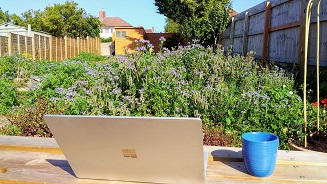The research question
Your research question is intriguing and an appropriate expansion of the previous mini-project.
Treezilla is a very useful, popular tool, it’ll provide sufficient and relevant quantitative data for your project as long as you’re aware of its limitations.
Method/Analysis
‘measurements come from a variety of areas across South Gloucestershire’ - I don’t think location matters that much if you rely on Treezilla (which is one of its major weaknesses).
I understand, you’ll consider all 5 benefits of ecosystem services (+ the monetary values) and will survey ~20 native and ~20 non-native trees, ~4 species in both groups. Your sample seems large enough to allow you to make calculations (MW U test) and draw some conclusions in your report. Of course, there are many other ecosystem services, outside the scope of Treezilla, which, I believe, you aim to address by your follow-up qualitative research.
‘the importance of native flora to people that have grown up in South Gloucestershire’ - how confident are you that you’ll find some knowledgeable country folks to interview? You may set the bar too high for exploring the minor, qualitative aspect of your project with reference to ‘the UK’s natural heritage’; ‘sense of national identity’ and even mixing in ‘monetary terms’. Of course, you can always search for region specific, historic literature if your interviews don’t produce the desired result.
Scope
The quantitative aspect is perfectly doable, albeit quite time-consuming, unless you know where to look for the right species. The qualitative aspect, again, depends on whether you know where to look for the right people to interview. As for ‘responding to change’, possibly you could find out what The Woodland Trust or other similar organizations currently do in South Glos and link it to your own research. Furthermore, this page more or less answers the gist of your research question by emphasizing the wide range of benefits of planting more native trees.
www.woodlandtrust.org.uk/trees-woods-and-wildlife/british-trees/how-trees-fight-climate-change/
I’m no expert, but I hope that my notes are helpful to you.
